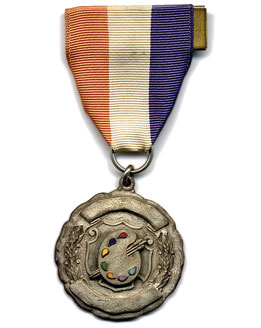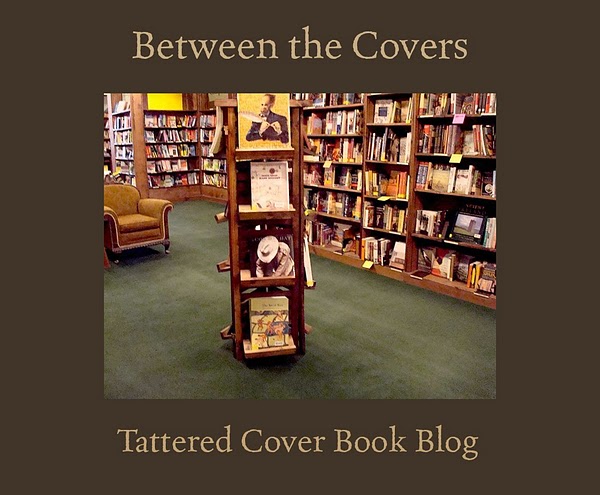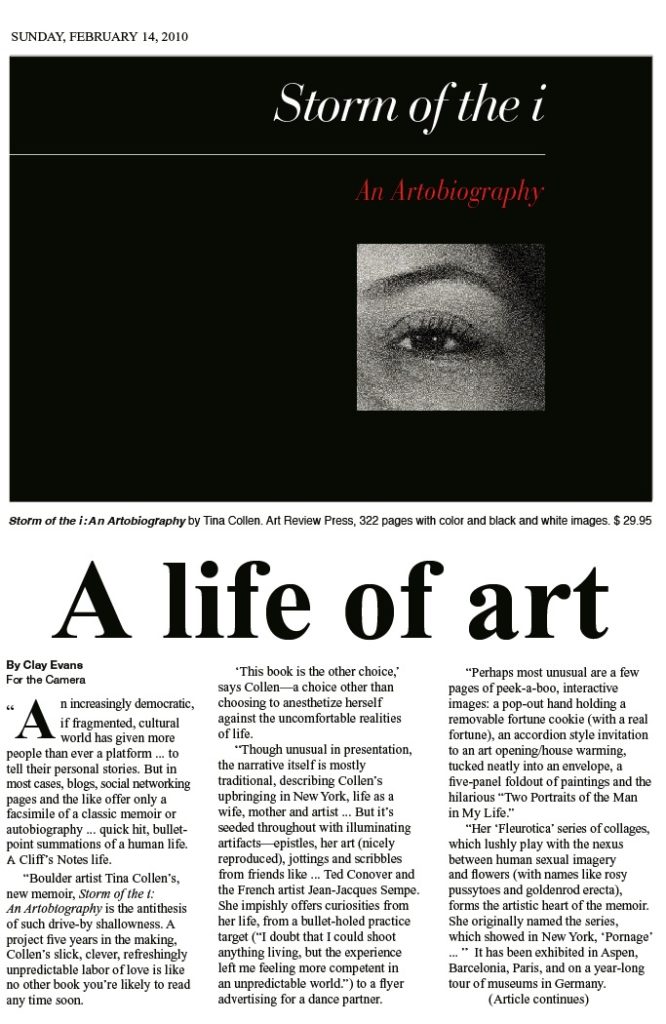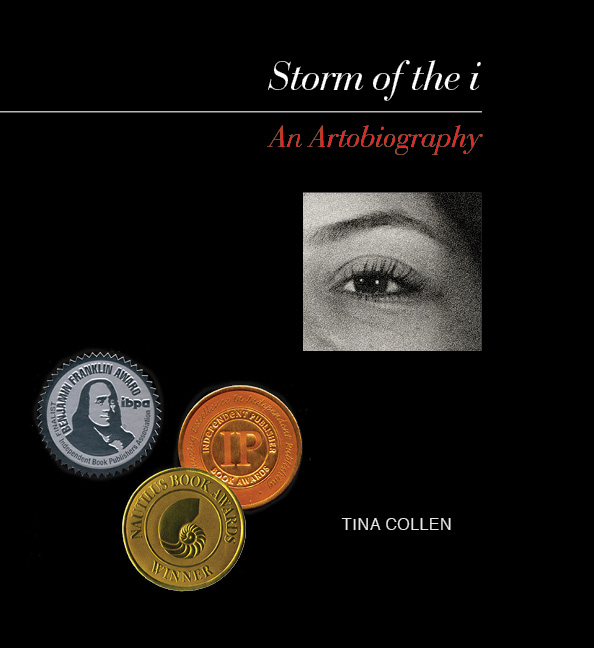Storm of the i : An Artobiography
Menu
Excerpts
Menu

My Mettle of Armor
Medal of Honor
I always thought this medal was a charming but ridiculous thing. A military-style medal for art? Creativity and conformity have always seemed like such opposing forces.
I won it when I was thirteen and kept it around for years always thinking in the back of my mind that it was a piece of art in itself. I didn’t fully appreciate then how well it described me, for art was not only my avenue of expression, it also insulated and sheltered me—a safe haven that offered recognition and appreciation.
©2024 Tina Collen, All rights reserved.



